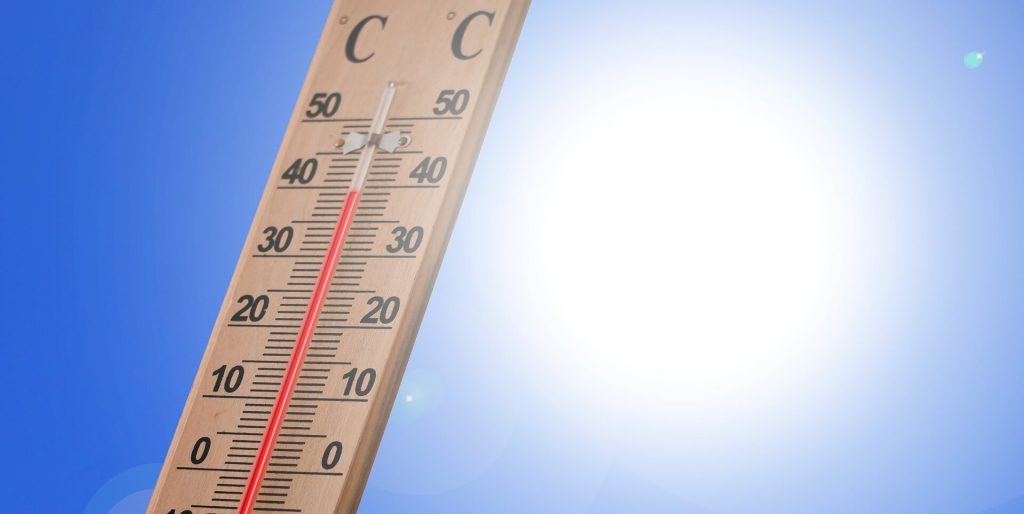What is the Best Water Heater Temperature?

It’s never a fun experience to have a cold shower. However, it’s also not fun to have a shower that’s too hot. There’s a lot to consider when setting your water heater temperature than staying comfortable. While a lower temperature can keep your heating bills down, a higher temperature is capable of killing certain bacteria. Let Fix-It 24/7 give you some tips on how you can best set your water heater’s temperature.
But how do I set my water heater temperature?
The exact method depends on your water heater’s type and model, but the different methods are fairly similar. Newer electric and gas models usually have a thermostat behind an insulated access panel. Also, electric models tend to have a thermostat at the top and bottom of the tank. Meanwhile, tankless models have a display that has a temperature readout and controls to change it. However you change your water heater temperature, make sure you test the temperature before and after adjusting it. You can do this by holding a thermometer under a running faucet when the water gets fully hot.
Hotter or cooler?
There are two temperatures which are generally considered the best ones: 120°F or 140°F (which is also the default temperature for most water heaters.) 120°F, according to the US Department of Energy, is the best temperature because it helps avoid scalding. At 120°F, it takes a good minute of exposure before you experience scalding. This temperature setting is especially useful in homes with seniors or younger children, who are both more susceptible to scalding. Also, 120°F water takes less energy to heat (saving you money) and lessens the effects of hard water. However, avoid setting the temperature any lower, or you’ll risk bacterial growth.
If you ask OSHA, however, 140°F is the best temperature for bacterial safety. Most bacteria can’t take the heat at 120°F, but Legionnaire’s Disease bacteria, which causes serious flu-like symptoms, is more resistant to heat. Setting your water to 140°F, while making our water more capable of causing scalding, can kill the bacteria. LD most often shows up in older water systems and water storage systems that let water stagnate for a long time or outdoors.
So as a homeowner, what should you set your water temperature to? For most households, the answer would probably be 120°F. However, if your system is prone to LD bacteria or someone in your home has a sensitive or compromised immune system, go with 140°F. Also, if you have a LD risk and children or seniors in your home, add an anti-scald device to keep them safe. If your temperature-changing isn’t enough to make your water hot enough, call the experts at Fix-It 24/7 to arrange a possible replacement!
What makes Fix-It 24/7 my best choice for water heater advice?
Fix-It 24/7 is your go-to source for all your plumbing, heating, electrical and AC repairs and upgrades since 2013. Serving the entire Denver Metro Area, we can take care of all your household needs, no matter their simplicity or complexity.
At Fix-It 24/7, we take pride in providing our customers with world-class customer service. From the time you call us to the completion of your repair, installation or maintenance, rest assured you will be treated with the utmost care, respect, and empathy. We came from humble beginnings, having started as just a small family business. And while we’ve experienced growth, Fix-It 24/7 is committed to preserving the small business mentality, treating every customer as if they’re members of our extended family. Call us today to learn more about our water heater services!
Service You Can Count On
We came from humble beginnings, having started as just a small family
business. And while we’ve experienced growth, Fix-It 24/7







